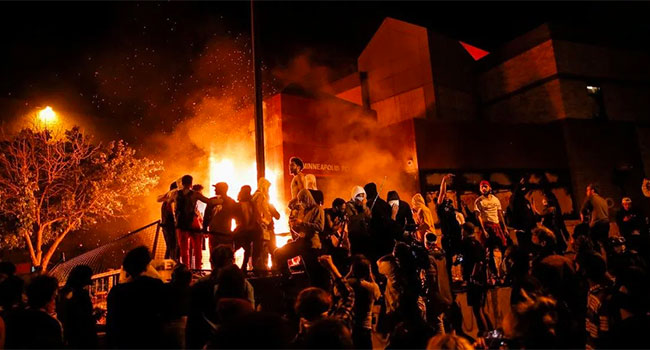
Majority of Minneapolis Council Want to Disband Police Department
- By Ralph C. Jensen
- Jun 08, 2020
Short of “taking intermediate steps toward ending” nine members of the Minneapolis City Council have announced plans to disband the city’s police department. The group represents a majority of the 12-person council.
The call for disbanding the department comes two weeks following the death of George Floyd, who died in police custody. Derek Chauvin, the Minneapolis police officer charged with second-degree murder in the death of George Floyd, is set to make his first court appearance in the case today.
The nine members of the city council did not offer a timeline to implement the actions but are preparing sweeping changes in order to disband the department
Nine Minneapolis City Council members announced plans Sunday to disband the city’s police department. They did not offer a timeline or propose specific actions but said they are “taking intermediate steps toward ending” the force. The group represents a majority on the 12-person council.
Two weeks after George Floyd died in police custody in the city, protesters nationwide say their work is far from over. They continue to denounce entrenched bias in law enforcement and call for sweeping changes.
The concept of defunding the police has become a growing topic of interest as protests continue nationwide. Supporters of the Black Lives Matter movement have called for the action as one step toward combating what they view as institutionalized racism within police departments.
Philonise Floyd is scheduled to testify before Congress on Wednesday, the first congressional hearing on law enforcement reform since his brother’s killing in police custody on Memorial Day.
Two top Trump administration officials said they do not believe there is “systemic racism” in the country’s police forces. Attorney General William P. Barr suggested he is reluctant to investigate potential deeper policing problems in Minneapolis, where the national firestorm began.
President Trump said Sunday he is ordering National Guard troops to begin withdrawing from the nation’s capital. D.C. Mayor Muriel E. Bowser (D) and others had criticized the use of heavily armed federal officers as security during largely peaceful demonstrations.
The Denver Police Department changed its rules Sunday to ban all uses of chokeholds as part of a wider effort to address the use of force by its officers amid ongoing protests over Floyd’s death.
About the Author
Ralph C. Jensen is the Publisher/Editor in chief of Security Today magazine.